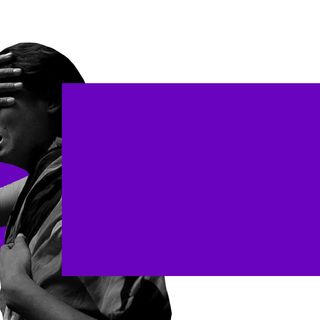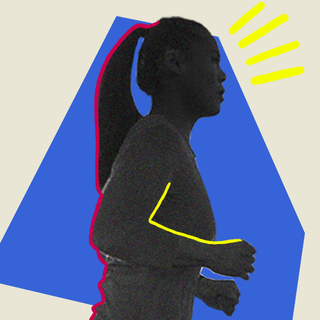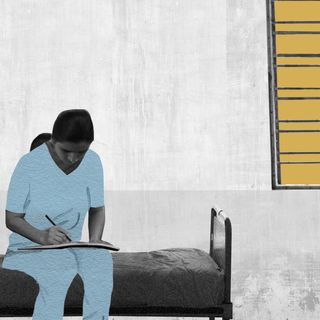
YouTube Finally Bans Anti‑Vaxx Content. Why Did it Take So Long?
Misinformation spreads like wildfire on the internet. YouTube’s move prompts questioning tech giants on what it takes to stop this.

Amid reports on hospitals running full due to unvaccinated patients contracting the coronavirus, YouTube announced on Wednesday that it would ban all anti-vaccine content on its platform. The streaming giant said that this includes more than just vaccine misinformation. The platform will block any content that takes a stand against any vaccine. The move represents a marked shift in the way tech giants take responsibility for their platforms.
But is the move a little too late?
YouTube is a platform that has played a pivotal role in spreading vaccine hesitancy. Famously known to be a rabbit hole of conspiracy theories, there isn’t a single outlandish theory that one wouldn’t find there. But “anti-vaccine activists” like Joseph Mercola have painted the ban as an attack on free speech.
On the other hand, several people have criticized YouTube and Facebook for not doing enough to combat misinformation. The social media and streaming platforms have famously taken a “hands-off” approach to regulate content. This approach has had a bearing on people’s lives during the coronavirus pandemic and the fate of many democracies. Dictatorships, fascism, and authoritarianism are on the rise due in no small part to social media and YouTube.
But with YouTube finally taking the step concerning vaccines, what lies ahead? Other dangerous ideas proliferating online include climate change denialism, which many consider under the ambit of “free speech.” Unlike outright racism, xenophobia, and hate speech, anti-vaccine and climate change denial rhetoric do not fit squarely into categories of content that platforms claim to regulate. A recent report found that YouTube “actively promotes” climate denialism.
Related on The Swaddle:
Measles Cases Up 50% Last Year Due to Anti‑Vax Misinformation, WHO Warns
These issues, however, have almost served as the heart of the shift towards a post-truth world, where anything goes. People can now undermine decades of scientific research in minutes. Until now, it was legitimate to call this free speech. Moreover, anti-vaccine and climate change denialism explicitly targets nobody in particular and, thus, is not as quickly singled out as dangerous and harmful.
And therein lies the problem. As one of the earliest Internet platforms, YouTube has consistently been at the center of the debate on free speech. While it has served as a space to question where knowledge comes from and promoted skepticism about the facts we hold inviolably true, it has long since surpassed the realm of healthy debate and into dangerous territory.
“Working closely with health authorities, we looked to balance our commitment to an open platform with the need to remove egregious, harmful content,” YouTube said in a blog post about the new guidelines. Left in YouTube’s hands, this balance skewed toward preserving rather than combatting harmful ideas.
There is also the concern that the move reflects an anti-democratic shift that stifles questioning of authorities. But the YouTube problem reflects the underlying issue of the lack of transparency. When governmental and scientific processes close themselves off to public scrutiny, laypersons have a natural tendency to find out what’s going on with the tools and resources at their disposal.
Often, the people (barring influencers who capitalize on the idea) who spew disproven rhetoric are not people with malicious intentions. They believe that they are performing a service that benefits their fellow citizens. Reports about unvaccinated Covid19 patients realizing their mistake too late are testament to this. However, their surviving family members make it their mission to combat vaccine misinformation. But a few individuals are no match for a giant platform responsible for much of the problem.
Related on The Swaddle:
Considerate Doctors Are the Answer to India’s Growing Anti‑Vax Problem
Rather than empowering through information, social media and streaming platforms provide a sheen of empowerment on what is disempowerment through misinformation. Allowing misinformation to increase under the guise of free speech, in other words, is a deliberate obscurement of the fact that there can be no free speech without free information.
The move, therefore, prompts more significant questions about how large corporations and governments treat citizens with kid gloves and why this must end. It questions how much information governments divulge, how the media interprets it, and why those who receive it tend to distort it.
A recent U.K-based study showed that the lack of transparency and trust affects how governments respond during a crisis. Rather than building trust in communities, YouTube and social media platforms allow authorities and people in power to continue making decisions without accountability.
“There are important exceptions to our new guidelines. Given the importance of public discussion and debate to the scientific process, we will continue to allow content about vaccine policies, new vaccine trials, and historical vaccine successes or failures on YouTube. Personal testimonials relating to vaccines will also be allowed, so long as the video doesn’t violate other Community Guidelines, or the channel doesn’t show a pattern of promoting vaccine hesitancy,” YouTube further added.
This ban is ostensibly a good thing. Instead of focusing on who does or does not get to speak on YouTube, it might help to ask those with power to answer for more.
Rohitha Naraharisetty is a Senior Associate Editor at The Swaddle. She writes about the intersection of gender, caste, social movements, and pop culture. She can be found on Instagram at @rohitha_97 or on Twitter at @romimacaronii.
Related


Ozone Exposure Puts People at Risk for Type 2 Diabetes, Study Finds
